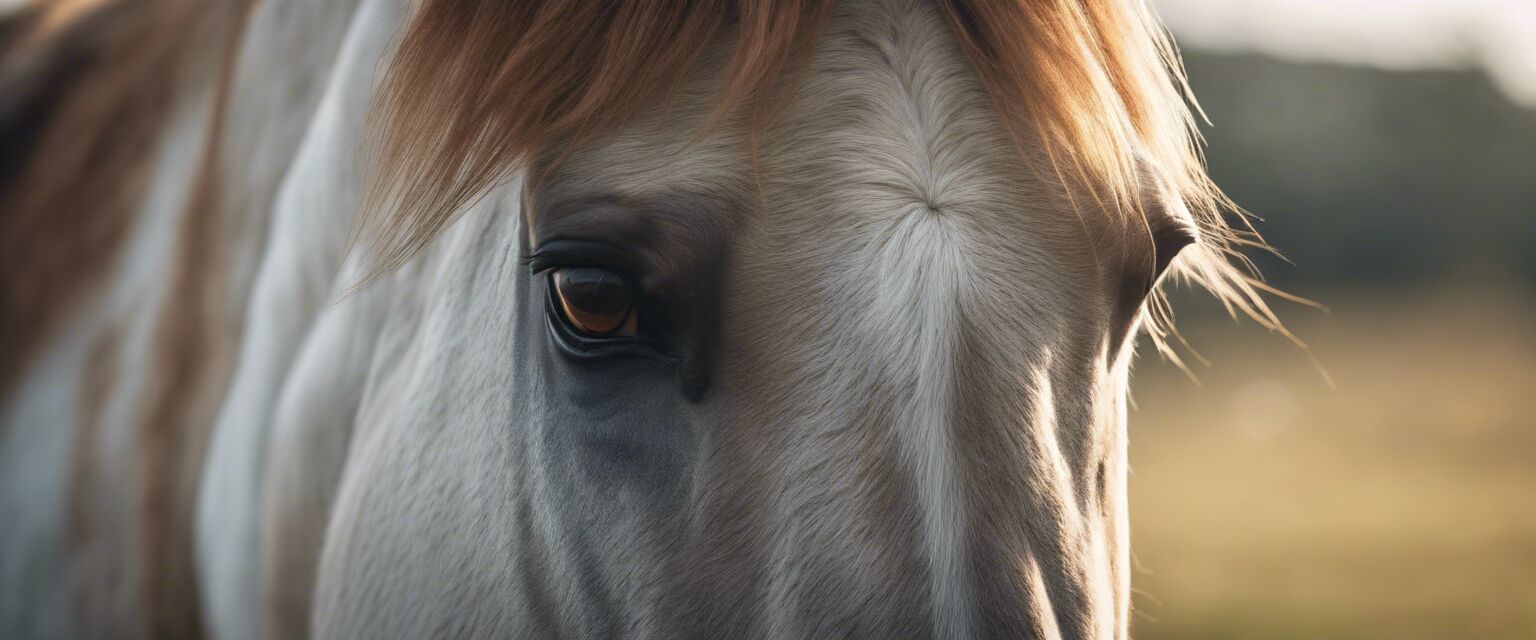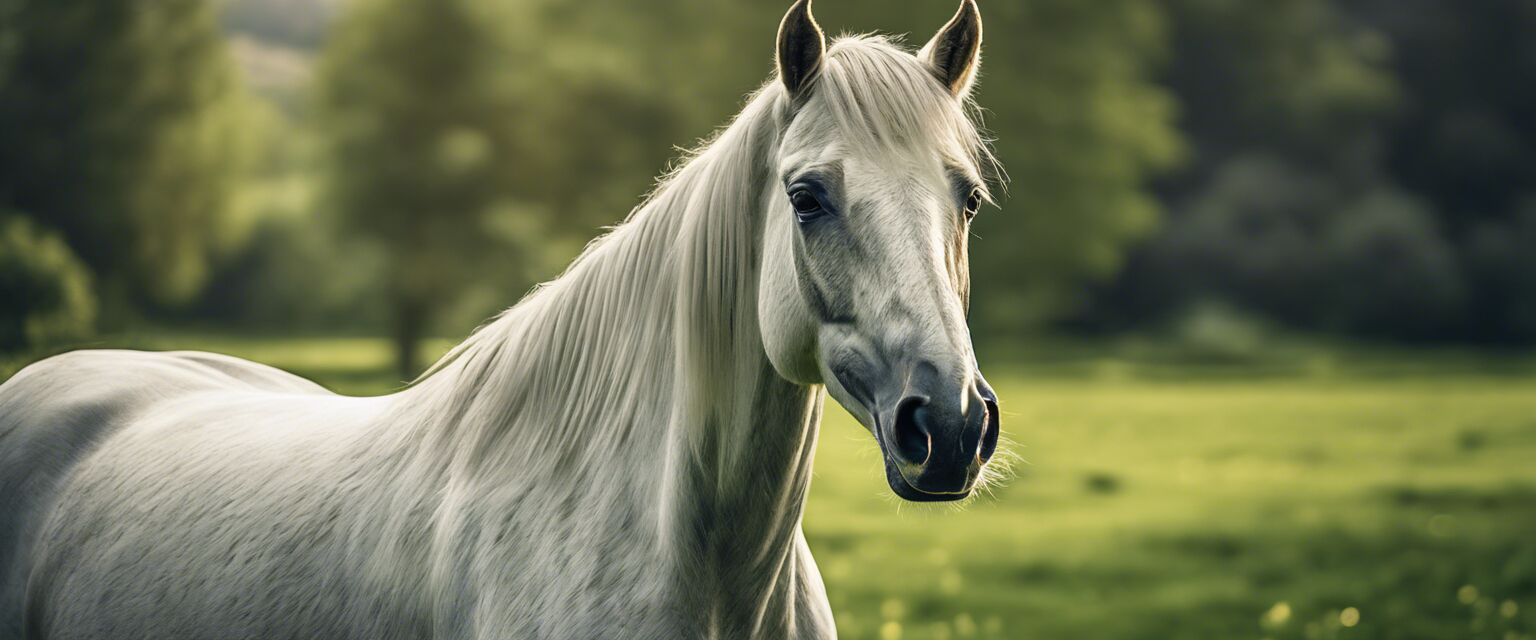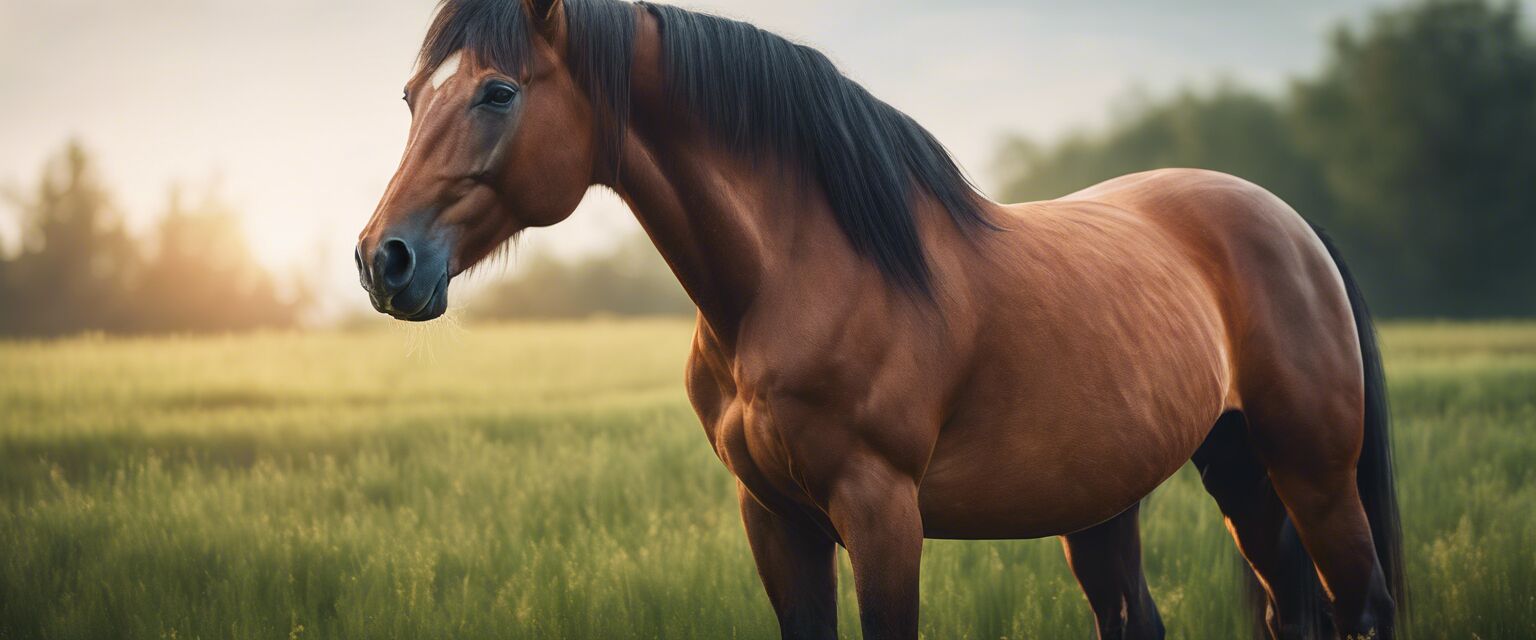
Common horse diseases
Key Takeaways
- Recognizing symptoms early can lead to prompt treatment.
- Preventive care is essential to maintain your horse's overall health.
- Regular veterinary check-ups are important to catch issues early.
- Education on common diseases will enable better management of horse health.
Horses, like all animals, are susceptible to various diseases that can impact their health and well-being. Understanding these common horse diseases and their treatments is essential for any horse owner. In this article, we will explore some prevalent diseases in horses, their symptoms, preventive measures, and available treatments.
1. Equine Influenza
Equine Influenza is a highly contagious respiratory disease in horses. It circulates mainly through the air, and outbreaks can occur rapidly in stables and at events.
- Symptoms:
- Coughing
- Nasal discharge
- Fever
- Loss of appetite
Vaccination is the primary preventive measure. If your horse shows symptoms, consult a veterinarian for treatment, which may include rest, fluids, and anti-inflammatory medications.
Diagnosis and Treatment
| Diagnosis Method | Treatment Options |
|---|---|
| Physical examination | Rest, fluids, anti-inflammatories |
| Symptoms assessment | Vaccination for prevention |
2. Equine Colic
Colic refers to abdominal pain in horses and can arise from several causes such as dietary changes, parasitism, or intestinal blockage.
- Symptoms:
- Restlessness
- Repeated lying down and getting up
- Sweating
- Pawing at the ground
Immediate veterinary assistance is crucial. Treatment may range from sedation and pain relief to surgery in severe cases.
Prevention and Risk Factors
| Prevention Tips | Risk Factors |
|---|---|
| Regular dental care | Improper feeding practices |
| Consistent feeding schedule | Sudden diet changes |
3. Laminitis
Laminitis is an inflammation of the laminae in a horse's hooves, usually due to metabolic issues or excessive grain intake.
- Symptoms:
- Difficulty walking
- Heat in the hooves
- Shifting weight to the hind legs
This condition requires veterinary intervention, and treatment often includes pain management and dietary changes.
Management Strategies
| Management Techniques | Recommended Actions |
|---|---|
| Monitoring weight | Provide low carbohydrate feeds |
| Regular hoof care | Collaborate with a farrier |

4. Strangles
Strangles is a bacterial infection characterized by swelling of the lymph nodes and can be extremely contagious among horses.
- Symptoms:
- Swollen lymph nodes
- Nasal discharge
- Fever
Vaccination can help prevent strangles, and treatment includes rest and antibiotics if necessary.
Control and Prevention
| Control Measures | Vaccination Schedule |
|---|---|
| Isolation of infected horses | Consult with a veterinarian for scheduling |
| Regular health checks | Annual vaccination recommended |

5. Equine Cushing's Disease
This disease affects the endocrine system, commonly found in older horses and caused by a tumor in the pituitary gland.
- Symptoms:
- Excessive thirst and urination
- Long, curly coat
- Weight loss
Management includes medication and ensuring a balanced diet.
Long-term Management
| Long-term Care | Dietary Recommendations |
|---|---|
| Regular vet checkups | Low sugar and starch feeds |
| Monitoring symptoms | Supplementation as advised |
Tips for Horse Management
- Ensure a balanced diet for optimal health.
- Regular exercise and turnout promote physical health.
- Maintain good hygiene in stables to prevent disease spread.
- Consult your veterinarian for vaccinations and wellness checks.

Conclusion
Knowledge is a powerful tool in horse ownership. By understanding common diseases and their treatments, you can provide the best care for your horse. Regular veterinary check-ups and preventive measures will help ensure your horse remains healthy and happy.
For additional information on equine health and wellness, check out our other helpful articles:









